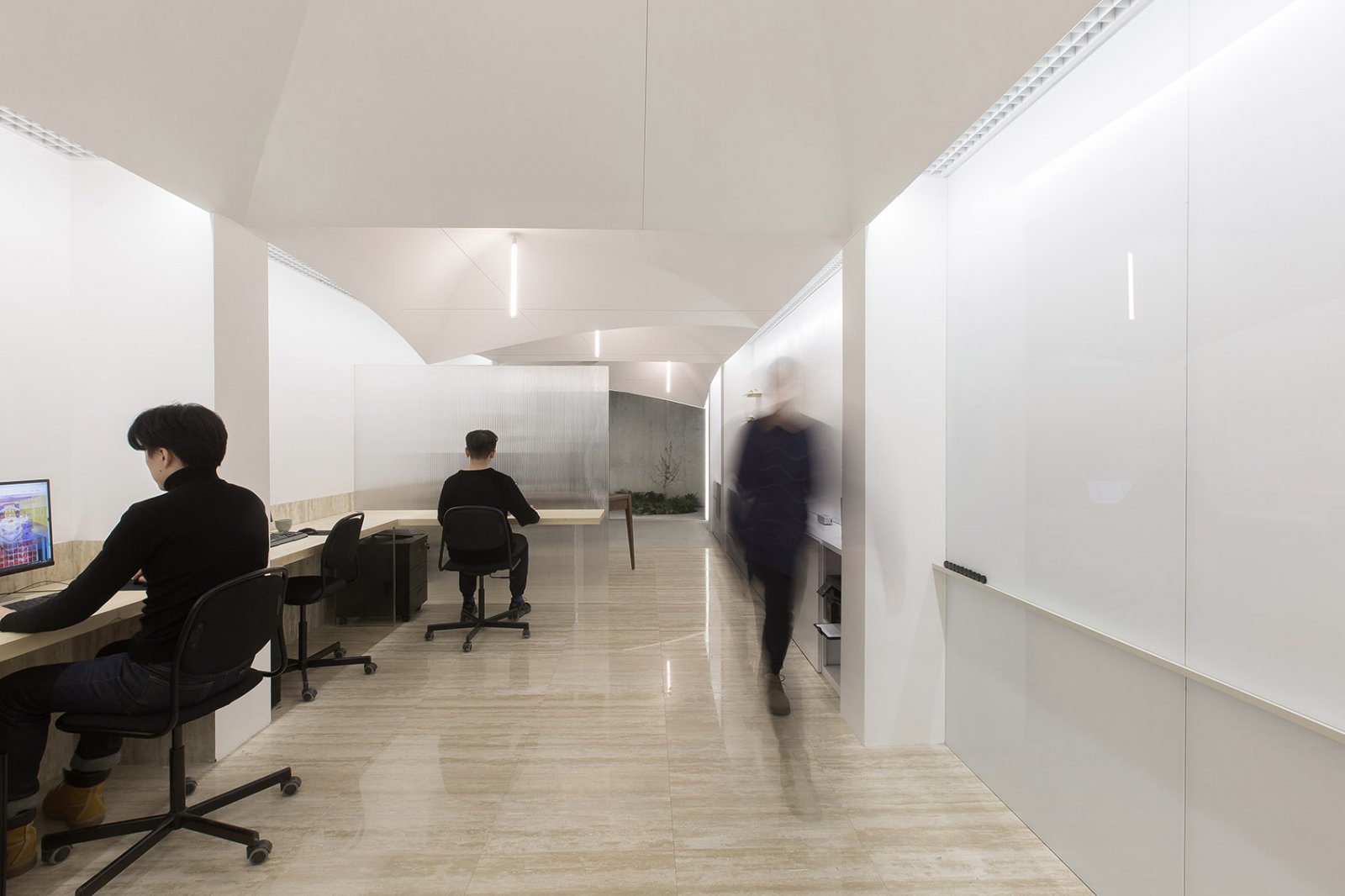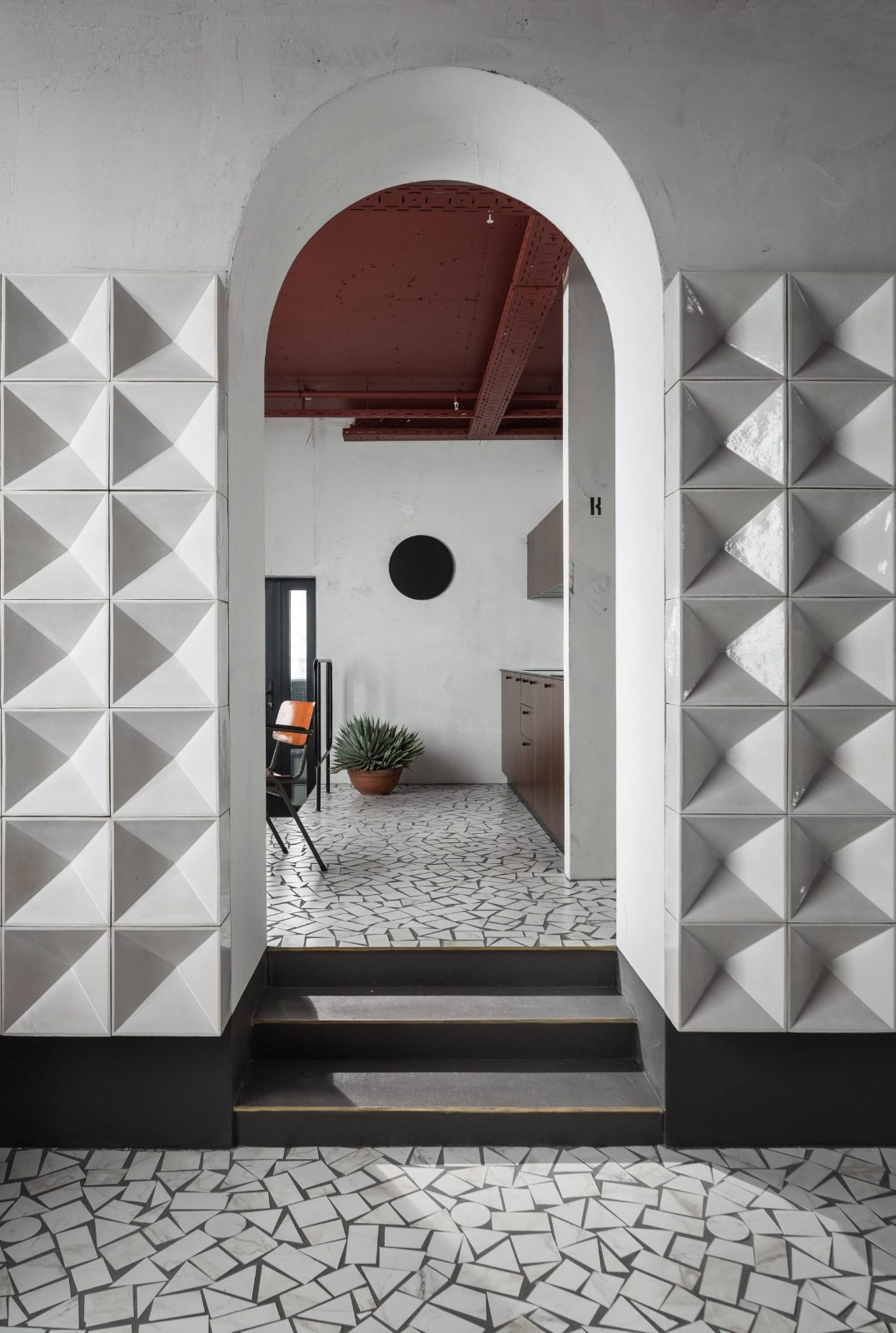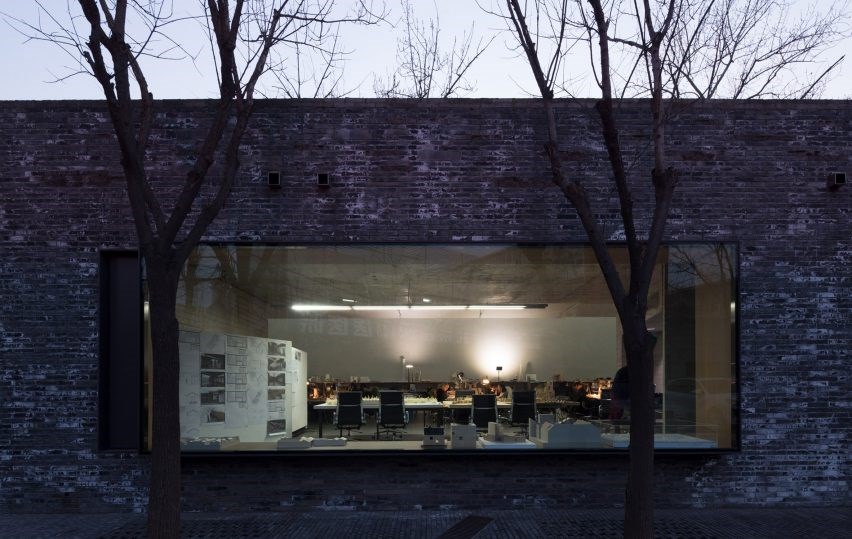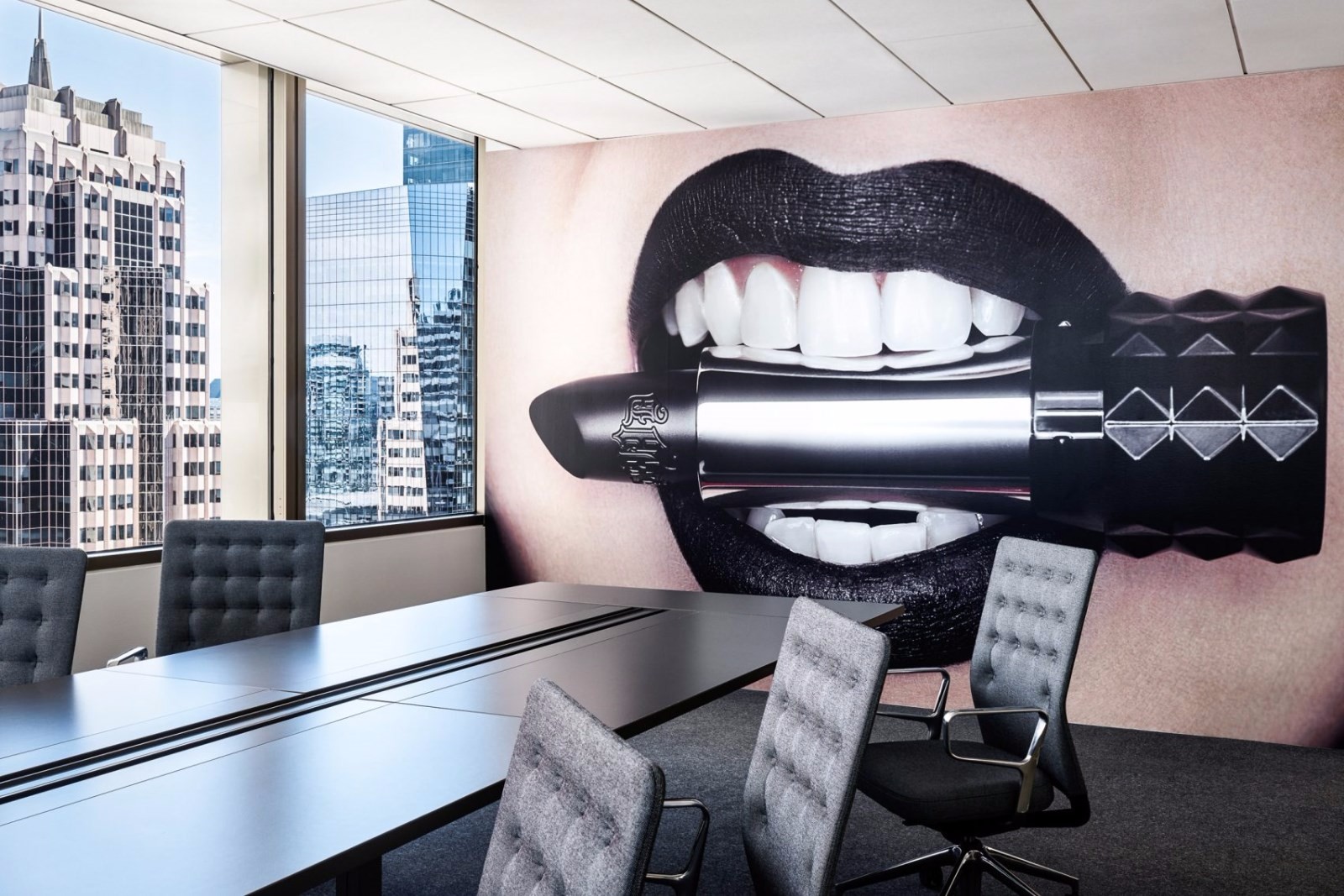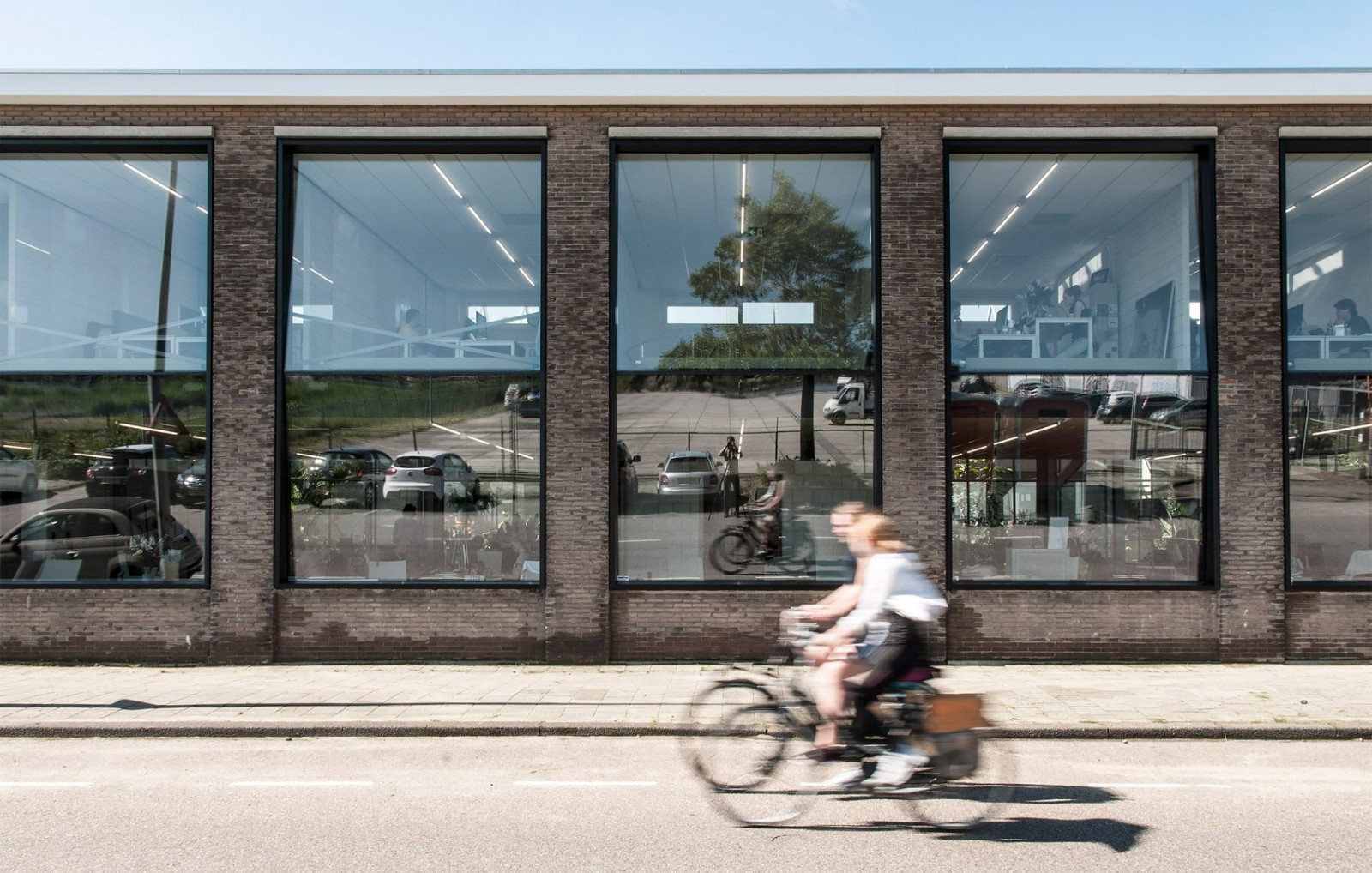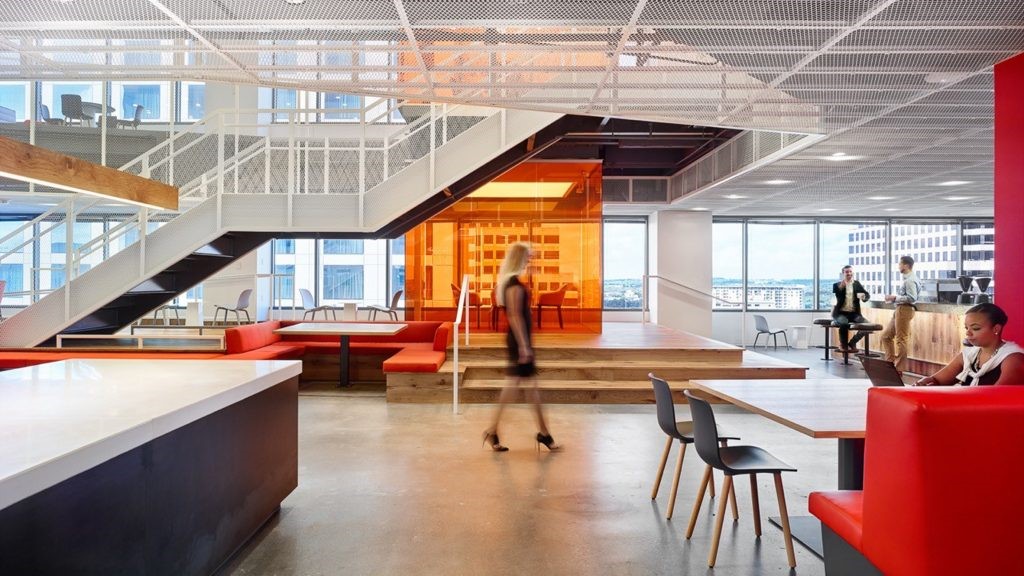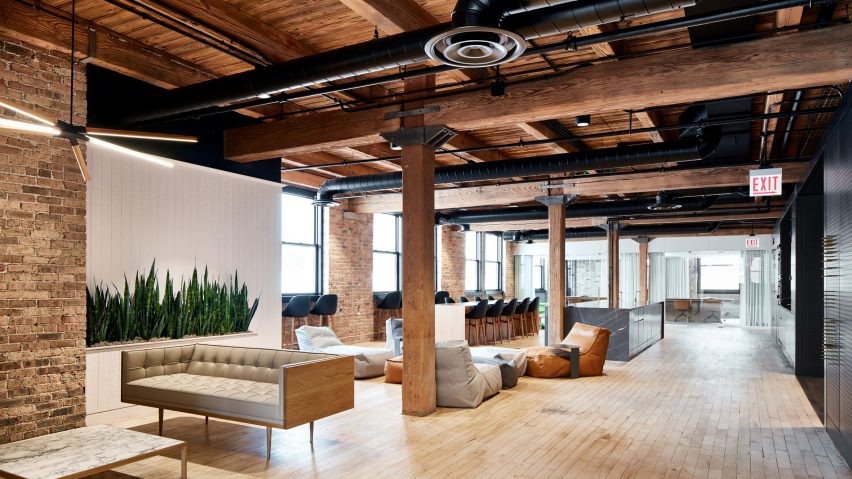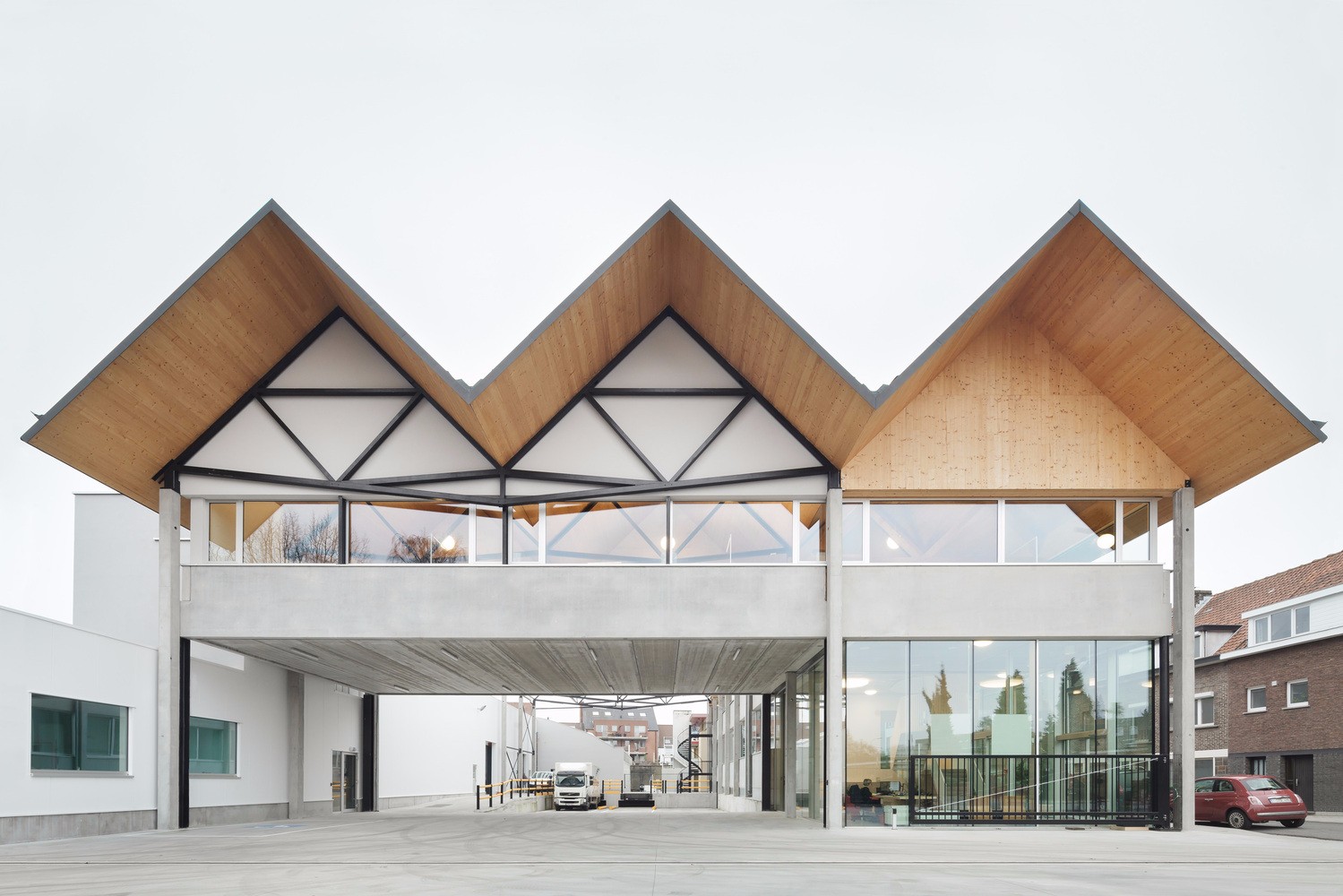AD Classics Kuwait National Assembly Building Jørn Utzon
2019-01-13 17:00
1972年,由丹麦建筑师Jagrnutzon设计,因其设计悉尼歌剧院而闻名,国民议会大楼的政治叙事与外生建筑师的调试开始有争议。至于其他立法建筑,包括在苏格兰、达卡、昌迪加尔和不久的阿尔巴尼亚,关于将非土著建筑传统用于高级文化项目的决定可以被解释为强有力的,甚至是反民族主义的政治声明。(也许是这个象征性姿态最明确的例子)今年早些时候发生了,当时扎哈·哈确实被任命为在一家据称赢得竞争的外国公司之前为她的祖国设计伊拉克议会大厦。)然而,在科威特,即使作出决策过程被委托给外国当局;由英国现代主义爵士莱斯利·马丁(LeslieMartin)监督,挑选了6名参加邀请的活动,由他挑选了UTZON,以制定他的设计。
Designed in 1972 by the Danish architect Jørn Utzon, best known for his design of the Sydney Opera House, the political narrative of the National Assembly Building began controversially with the commissioning of the foreign-born architect. As has been the case for other legislative buildings, including in Scotland, Dhaka, Chandigarh, and soon Albania, the decision to import non-native architectural traditions for high-profile cultural projects can be interpreted as a strong—and even anti-nationalist—political statement. (Perhaps the clearest example of this symbolic gesture's importance occurred earlier this year, when Zaha Hadid was controversially appointed to design the Iraqi Parliament Building for her native country ahead of a foreign firm that had allegedly won the competition.) In Kuwait, however, even the decision making process was delegated to foreign authorities; six entrants were chosen for the invite-only event by an international jury, overseen by the British modernist Sir Leslie Martin, from whom Utzon was selected to enact his design.
Designed in 1972 by the Danish architect Jørn Utzon, best known for his design of the Sydney Opera House, the political narrative of the National Assembly Building began controversially with the commissioning of the foreign-born architect. As has been the case for other legislative buildings, including in Scotland, Dhaka, Chandigarh, and soon Albania, the decision to import non-native architectural traditions for high-profile cultural projects can be interpreted as a strong—and even anti-nationalist—political statement. (Perhaps the clearest example of this symbolic gesture's importance occurred earlier this year, when Zaha Hadid was controversially appointed to design the Iraqi Parliament Building for her native country ahead of a foreign firm that had allegedly won the competition.) In Kuwait, however, even the decision making process was delegated to foreign authorities; six entrants were chosen for the invite-only event by an international jury, overseen by the British modernist Sir Leslie Martin, from whom Utzon was selected to enact his design.
Section through the assembly hall
Utzon的方案最突出的特点是一个公共柱廊的高耸,薄薄的码头,支持一个优雅的,悬垂的混凝土屋顶在一个开放的广场。它的戏剧性曲线,由一系列设置在钢索上的半圆形壳组成,以接触网的自然形式,从柱子上方向下扫到建筑物的高度。Utzon声称,屋顶的布状感觉指的是阿拉伯贝都因人建造的标志性帐篷。这座建筑矗立在科威特湾的前面,既吸引人,又向前看,把它的高远的目光投向大海和更远的地方。
Utzon’s scheme most prominently features a public colonnade of soaring, thin piers that support a graceful, draped concrete roof over an open plaza. Its dramatic curves, composed of a series of semi-circular shells set onto steel cables, gesturally sweep down from atop the columns to the height of the building behind it in the natural form of a catenary. Utzon claimed that the cloth-like sensation of the roof references the iconic tent construction of the Arabian Bedouin people. Rising up toward the Kuwait Bay in front of it, the architecture is both inviting and forward-looking, casting its lofty gaze outward toward the sea and beyond.
Utzon’s scheme most prominently features a public colonnade of soaring, thin piers that support a graceful, draped concrete roof over an open plaza. Its dramatic curves, composed of a series of semi-circular shells set onto steel cables, gesturally sweep down from atop the columns to the height of the building behind it in the natural form of a catenary. Utzon claimed that the cloth-like sensation of the roof references the iconic tent construction of the Arabian Bedouin people. Rising up toward the Kuwait Bay in front of it, the architecture is both inviting and forward-looking, casting its lofty gaze outward toward the sea and beyond.
广场上最令人震惊的一面是它的创新和欺骗性的材料部署。utzon的能力使得混凝土屋顶出现在风中的“比洛”,尽管它的惰性刚性,但传送了织物的美味。它的纹理由双抛物线的几何结构所富集,其中各个截面垂直于整个曲线向上弯曲。这种复杂形式的经验回报是显而易见的:尽管600吨梁的质量惊人,但屋顶重量较轻。
The most astounding aspect of the plaza is its innovative and somewhat deceptive material deployment. Much has been made of Utzon’s ability to make the concrete roof appear to “billow” in the wind, conveying the delicacy of fabric despite its inert rigidity. Its texture is enriched by a dual-parabolic geometry, in which individual sections curve upward perpendicularly to the curve of the whole. The experiential reward of this complex form is unmistakable: despite the staggering mass of the 600-ton beams, the roof is sensationally weightless.
The most astounding aspect of the plaza is its innovative and somewhat deceptive material deployment. Much has been made of Utzon’s ability to make the concrete roof appear to “billow” in the wind, conveying the delicacy of fabric despite its inert rigidity. Its texture is enriched by a dual-parabolic geometry, in which individual sections curve upward perpendicularly to the curve of the whole. The experiential reward of this complex form is unmistakable: despite the staggering mass of the 600-ton beams, the roof is sensationally weightless.
Concrete segments of the plaza roof. Image © Jeffrey van der Wees
广场屋顶的混凝土部分。图像C.Jeffrey van der Wees
Concrete ceiling of the main corridor. Image © Jeffrey van der Wees
主走廊的混凝土天花板。图像C.Jeffrey van der Wees
大部分政府空间位于广场后面一栋更为传统、长方形和平顶的建筑中。再次占用当地的土语类型,乌森从阿拉伯和波斯集市的灵感,在他的政府工作空间和走廊的布局。在一个简单的网格系统中,房间聚集在中央庭院周围,这些庭院反过来被循环空间包围,形成模块单元,然后在整个网格中重复。这部分建筑的元素是由小型预制混凝土形式组合而成,使现代建筑方法并置和与历史身份的微弱联系成为一个清晰的焦点。
The bulk of the government spaces are contained in a more conventional, rectangular and flat-roofed building behind the plaza. Again appropriating a local vernacular typology, Utzon draws inspiration from the Arabian and Persian bazaars in his layout of government working spaces and hallways. Organized within a simple grid system, rooms are clustered around central courtyards, which are in turn surrounded by circulation spaces, creating modular units that are then repeated throughout the grid. Elements from this part of the building are assembled from a small selection of precast concrete forms, bringing into clear focus a juxtaposition of modern construction methods and a tenuous connection to historical identity.
The bulk of the government spaces are contained in a more conventional, rectangular and flat-roofed building behind the plaza. Again appropriating a local vernacular typology, Utzon draws inspiration from the Arabian and Persian bazaars in his layout of government working spaces and hallways. Organized within a simple grid system, rooms are clustered around central courtyards, which are in turn surrounded by circulation spaces, creating modular units that are then repeated throughout the grid. Elements from this part of the building are assembled from a small selection of precast concrete forms, bringing into clear focus a juxtaposition of modern construction methods and a tenuous connection to historical identity.
Interior corridor. Image © Jeffrey van der Wees
内部走廊。图像C.Jeffrey van der Wees
除了概念示意图之外,Utzon的善意尝试有时也会演变成对阿拉伯结构和装饰品的简化模仿,试图吸引一些有点幻想的科威特文化。他有选择地抽象某些历史主题并使之现代化,例如尖尖的拱形拱廊,他将“地方”语言叠加在一套现代形式上,这些形式实际上可能比从科威特传统建筑中获得更多的连续性,而不是从Utzon公司以前的工作中获得更多的连续性。阿拉伯装饰品,如辩论厅窗户上的棕榈装饰,被自由使用,但常常被抽象到几乎毫无意义的地步。然而,不可否认的是,建筑物的视觉存在有一个不可否认的区域性方面,表明至少在某种程度上成功地协调了Utzon的相互竞争和一些不相容的设计目标。
Beyond conceptual schematics, Utzon’s well-intended attempt to appeal to a somewhat fantasized Kuwaiti culture at times devolves into a reductive imitation of Arab structures and ornament. Selectively abstracting and modernizing certain historical motifs such as arcades of pointed arches, he superimposes "local" language onto a modern set of forms that may actually derive more continuity from the previous work of Utzon’s firm than from the traditional architecture of Kuwait. Arab ornamentation, such as palmetto detailings on the windows of the debating chamber, is used freely but often abstracted almost to the point of meaninglessness. Yet, there is an undeniably regional aspect to the building’s visual presence, indicating at least a measure of success in Utzon’s reconciliation of competing and somewhat incompatible design objectives.
Beyond conceptual schematics, Utzon’s well-intended attempt to appeal to a somewhat fantasized Kuwaiti culture at times devolves into a reductive imitation of Arab structures and ornament. Selectively abstracting and modernizing certain historical motifs such as arcades of pointed arches, he superimposes "local" language onto a modern set of forms that may actually derive more continuity from the previous work of Utzon’s firm than from the traditional architecture of Kuwait. Arab ornamentation, such as palmetto detailings on the windows of the debating chamber, is used freely but often abstracted almost to the point of meaninglessness. Yet, there is an undeniably regional aspect to the building’s visual presence, indicating at least a measure of success in Utzon’s reconciliation of competing and somewhat incompatible design objectives.
Ceiling of the debating chamber. Image © Jeffrey van der Wees
辩论室的天花板。图像C.Jeffrey van der Wees
Palmetto ornamentation of the debating chamber. Image © Jeffrey van der Wees
辩论室的棕榈装饰。图像C.Jeffrey van der Wees
Interior of the assembly hall. Image © Flickr user Kuwaitelections2012
会议厅的内部。图片c Flickr用户科威特选举2012年
麻省理工学院(MIT)教授劳伦斯·维尔(LawrenceVale)在对该项目的批评中,明确区分了建筑中合法的方言典故与对明显进口形式的简单解释。[1]他指出,Utzon提到的阿拉伯集市的混乱性质必然在现代主义网格的限制下引用得很少,他断言,考虑到内部方案的模糊起源,Utzon本来可以轻易地从“古罗马城镇规划”中获得灵感。此外,波涛汹涌的帐篷样的天篷没有贝都因原型的关键的无常感,就像它无法提供帆布外壳所提供的环境保护一样。根据淡水河谷的说法,这座有盖的广场对船帆和水基商人贸易的传统和对游牧沙漠传统的喜爱,具有讽刺意味的是,这是对现代科威特文化和经济成功的实际来源的一种恰当的、甚至是无意的敬意。
In his criticism of the project, MIT professor Lawrence Vale draws a clear distinction between the building’s legitimate vernacular allusions and what may amount to little more than convenient explanations for clearly imported forms. [1] Pointing out that the chaotic character of the Arab bazaar that Utzon references is necessarily poorly quoted within the constraints of a modernist grid, he asserts that Utzon could have just has easily claimed inspiration from “ancient Roman town plans” given the ambiguous origins of the interior scheme. Furthermore, the billowy tent-like canopy possesses none of its Bedouin prototypes’ crucial sense of impermanence, just as it is unable to provide the environmentally responsive protection afforded by canvas enclosures. According to Vale, the covered plaza hearkens as much to ship sails and a tradition of water-based merchant trade as it does to a nomadic desert tradition, an ironically appropriate, if unintentional, homage to the actual source of modern Kuwait’s cultural and economic success.
In his criticism of the project, MIT professor Lawrence Vale draws a clear distinction between the building’s legitimate vernacular allusions and what may amount to little more than convenient explanations for clearly imported forms. [1] Pointing out that the chaotic character of the Arab bazaar that Utzon references is necessarily poorly quoted within the constraints of a modernist grid, he asserts that Utzon could have just has easily claimed inspiration from “ancient Roman town plans” given the ambiguous origins of the interior scheme. Furthermore, the billowy tent-like canopy possesses none of its Bedouin prototypes’ crucial sense of impermanence, just as it is unable to provide the environmentally responsive protection afforded by canvas enclosures. According to Vale, the covered plaza hearkens as much to ship sails and a tradition of water-based merchant trade as it does to a nomadic desert tradition, an ironically appropriate, if unintentional, homage to the actual source of modern Kuwait’s cultural and economic success.
The upside-down "dead" palmetto detailing that drew the criticism of MIT Professor Lawrence Vale. Image © Jeffrey van der Wees
颠倒的“死气沉沉”的棕榈细节吸引了麻省理工学院的劳伦斯·维尔教授的批评。图像C.Jeffrey van der Wees
作为一个政治对象,这座建筑融合了几个揭示性的故事。在一个有着长期移民人口的国家,国内和国外之间的紧张关系是一个长期存在的问题,它既存在于建筑过程的历史记录中,也存在于其产品的时髦现代形式中。第二个但更微妙的冲突再次存在于建筑和政治结构中,它是在真正的历史传统、科威特历史的虚构理想化和西方引进的治理和设计哲学之间进行导航的明显挑战。虽然人们可以说,这种多个未解决的信息代表了建筑的一个弱点,但也可能是这样的:在纯粹的国家背景下,建筑物文本阅读的准确性-无论是有意还是无意-都是建筑和政治意义以单一形式成功融合的缩影。
As a political object, the building conflates several revealing narratives. A tension between the domestic and the foreign, a constant concern in a country with a longstanding immigrant population, is present both in the historical record of the architectural process and in the sleek, modern forms of its product. A second but more subtle conflict, existing again in both architectural and political structure, lies in the apparent challenge to navigate between genuine historical tradition, a fictionalized idealization of Kuwaiti history, and an imported western philosophy of governance and design. While one could argue that this multiplicity of unresolved messages represents a weakness of the architecture, it could also be the case that the accuracy of the building's textual reading in a purely national context—deliberate or not—epitomizes the successful syncretization of architectural and political meaning in singular form.
As a political object, the building conflates several revealing narratives. A tension between the domestic and the foreign, a constant concern in a country with a longstanding immigrant population, is present both in the historical record of the architectural process and in the sleek, modern forms of its product. A second but more subtle conflict, existing again in both architectural and political structure, lies in the apparent challenge to navigate between genuine historical tradition, a fictionalized idealization of Kuwaiti history, and an imported western philosophy of governance and design. While one could argue that this multiplicity of unresolved messages represents a weakness of the architecture, it could also be the case that the accuracy of the building's textual reading in a purely national context—deliberate or not—epitomizes the successful syncretization of architectural and political meaning in singular form.
© Flickr user Cajetan Barretto
c Flickr用户Cajetan Barretto
[1]Vale,Lawrence。建筑,权力和国家身份。耶鲁大学出版社:纽黑文,1992年。
[1] Vale, Lawrence. Architecture, Power, and National Identity. Yale University Press: New Haven, 1992.
[1] Vale, Lawrence. Architecture, Power, and National Identity. Yale University Press: New Haven, 1992.
建筑师J rn Utzon位置阿拉伯海湾街道项目年1982年图片Jeffrey van der Wees,Flickr用户Hamad M,Flickr用户Cajetan Barretto,Flickr用户科威特
Architects Jørn Utzon Location Arabian Gulf Street Project Year 1982 Photographs Jeffrey van der Wees, Flickr user Hamad M, Flickr user Cajetan Barretto, Flickr user Kuwaitelections2012 Category Other Public Administration Buildings
Architects Jørn Utzon Location Arabian Gulf Street Project Year 1982 Photographs Jeffrey van der Wees, Flickr user Hamad M, Flickr user Cajetan Barretto, Flickr user Kuwaitelections2012 Category Other Public Administration Buildings
 举报
举报
别默默的看了,快登录帮我评论一下吧!:)
注册
登录
更多评论
相关文章
-

描边风设计中,最容易犯的8种问题分析
2018年走过了四分之一,LOGO设计趋势也清晰了LOGO设计
-

描边风设计中,最容易犯的8种问题分析
2018年走过了四分之一,LOGO设计趋势也清晰了LOGO设计
-

描边风设计中,最容易犯的8种问题分析
2018年走过了四分之一,LOGO设计趋势也清晰了LOGO设计







































































